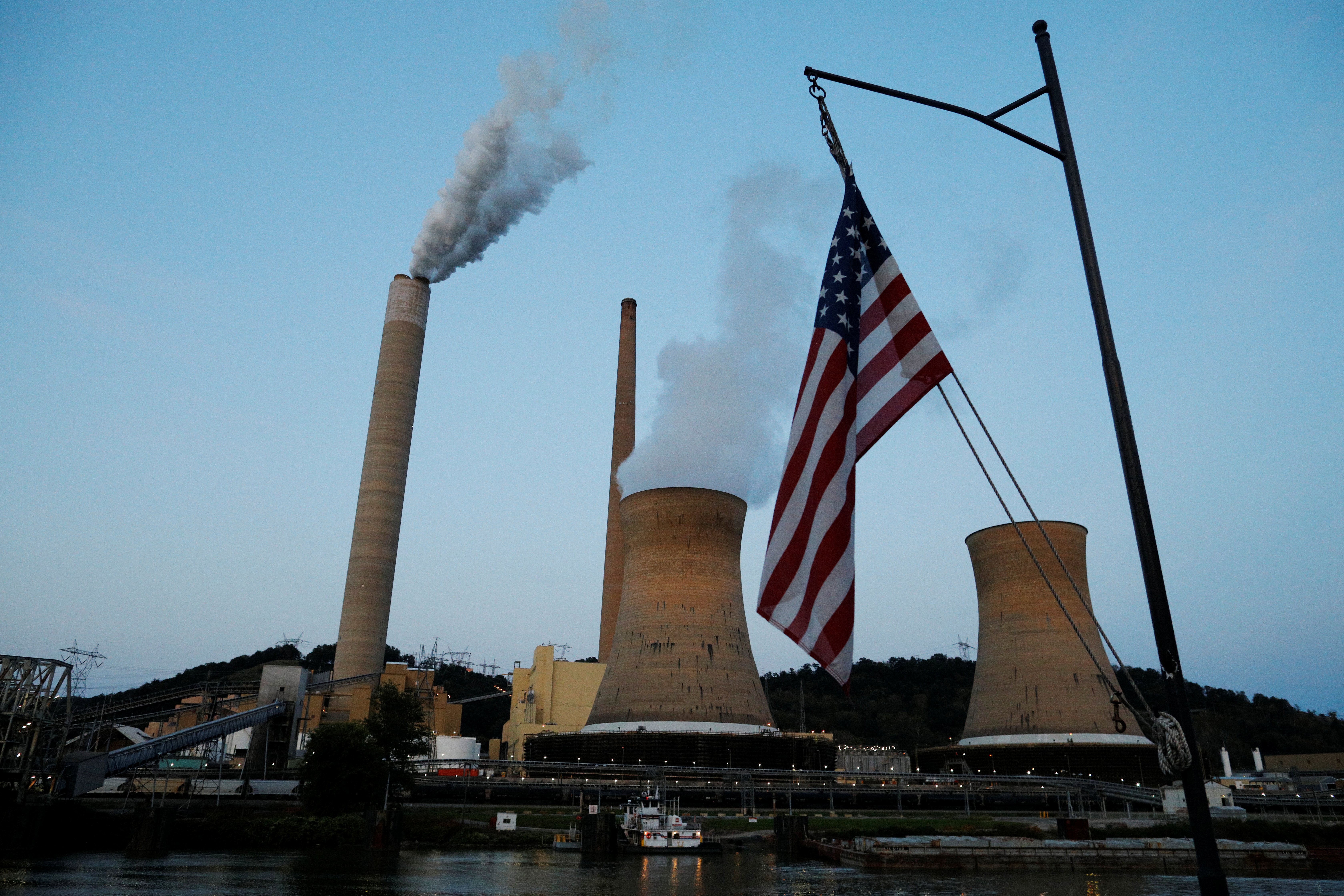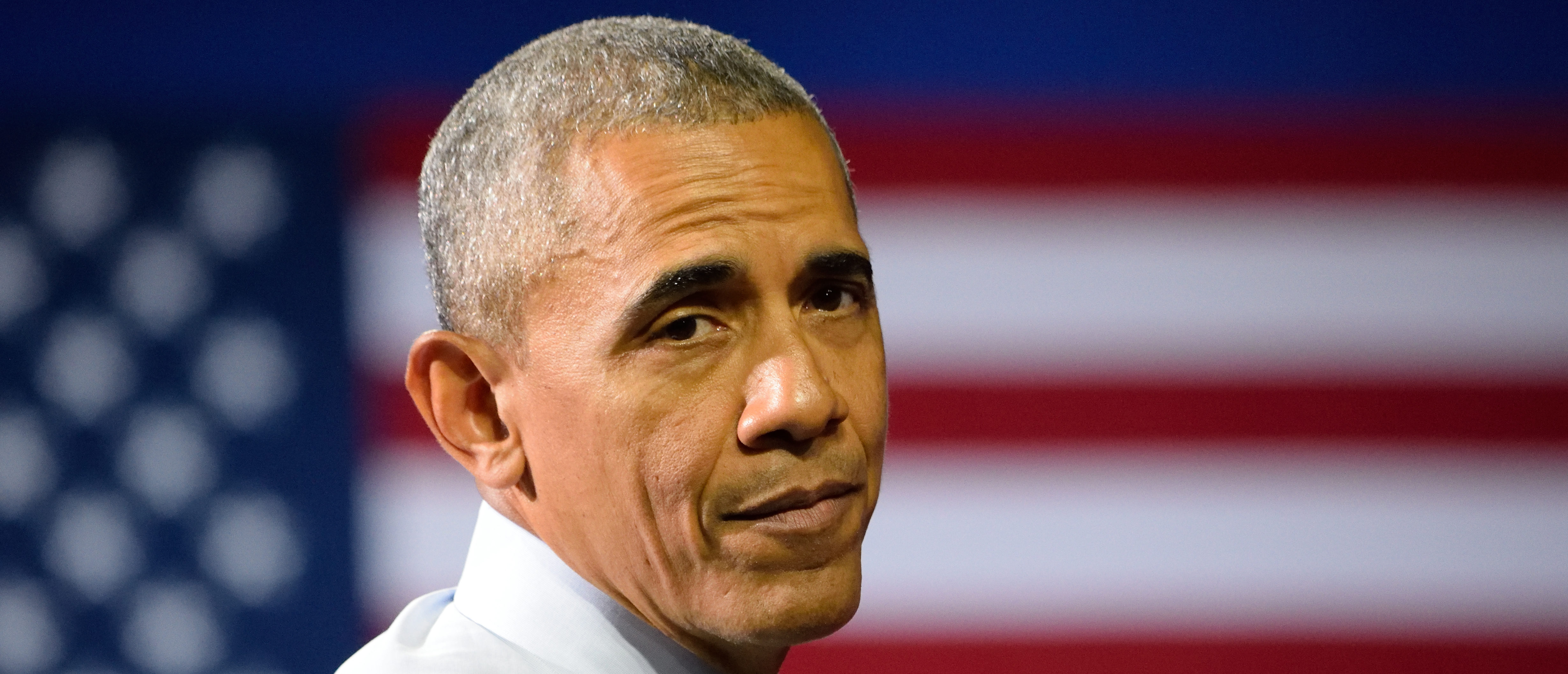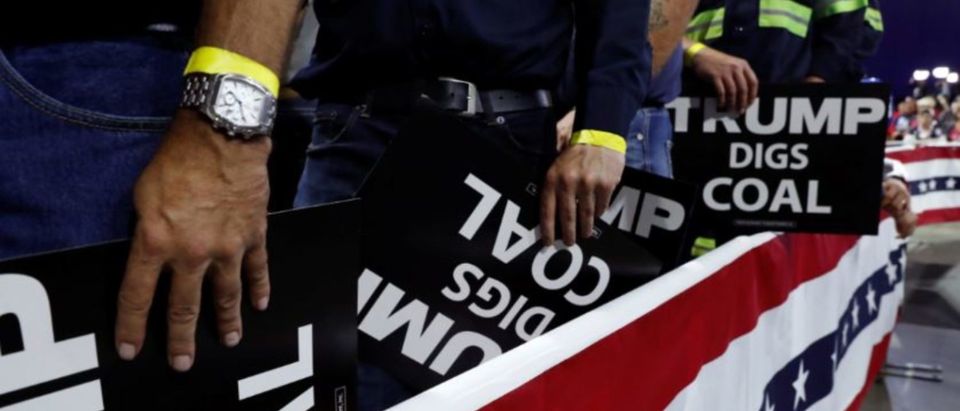- Coal producers are still finding life difficult even as President Donald Trump is easing regulations on the industry.
- More than 50 coal plants have shuttered since 2015, when Trump began campaigning to save the industry from former President Barack Obama’s so-called war on coal.
- Trump has seen one of his biggest backers, coal tycoon Robert Murray, fall on hard times after his plant filed for bankruptcy amid the country’s changing energy mix.
One of the largest coal companies in the western U.S. closed Monday, making it among the more than 50 coal producers to shutter since voters elected President Donald Trump in 2016 on a promise to rescue the industry.
The Navajo Generating Station burned the last of its coal as the Arizona-based coal producer deals with the industry’s downturn, the Arizona Republic reported Monday. The mine that supplied the plant with coal closed in August, leaving Navajo with no other supply in the area.
This comes after a coal company headed by one of Trump’s biggest supporters filed for bankruptcy in October. Murray Energy announced on Oct. 29 that it reached an agreement to continue operating, with CEO Robert Murray relinquishing two of his roles in the company.
Murray contributed $1 million to a Trump super political action committee and donated another $300,000 to the president’s inauguration. He’s also been at the forefront of efforts to poke and prod the Department of Energy into crafting policies designed to prop up the fledgling coal industry.
He also has done his level best to provide leverage for the industry during a time of upheaval. A series of reports in 2017, for instance, showed photos of the coal tycoon meeting with Energy Secretary Rick Perry that year to craft policies designed to prop up the coal industry.
Things have been rough for the industry, according to the Energy Information Administration (EIA). (RELATED: This Major Trump Backer Is Behind An Effort To Block Gas Power Plants)

The U.S. flag flies on Campbell Transportation’s towboat M.K. McNally as it passes Mitchell Power Plant. REUTERS/Brian Snyder
Nearly “34.1 [gigawatts] of coal capacity from 170 coal-fired generators at 85 plants have retired — 36 of those plants remain operational” since 2016, Glenn McGrath, an engineer at EIA who is responsible for calculating electricity generation, told the Daily Caller News Foundation. One gigawatt can power roughly 300,000 homes.
He added: “One could reasonably claim that roughly 50 plants with coal-fired capacity have closed.” The closures have actually slowed since 2015 during former President Barack Obama’s final term in office, according to EIA data.
“The annual number of retired U.S. coal units has declined since 2015, and the configuration of retired coal capacity has changed,” EIA noted in a report in July. Most of the plants that have retired since 2015 have been larger than those that shuttered after that year, according to the report.
Trump, meanwhile, is getting pushback from environmentalists and Democrats who object to his regulation rollbacks. New York Attorney General Letitia James is among a handful of attorneys general who are suing the administration to block Trump from easing restriction on coal power plants.
James, a Democrat, argues the Environmental Protection Agency (EPA) had no basis for weakening a regulation Obama brought in 2015 that placed national limits on carbon dioxide pollution from coal power plants. The so-called Clean Power Plan required states to reduce carbon dioxide emissions by 2022 and encouraged states to close and replace facilities with natural gas.
Obama’s rule was expected to force more coal power plants and mines to close down, costing thousands of jobs in the process. Nearly 40% of coal-fired power capacity has been retired or announced plans to retired as a result of market forces, technological change and an increase in regulations, according to some experts. Trump promised to end what conservatives believe was Obama’s “war on coal.”
“America is blessed with extraordinary energy abundance, including more than 250 years worth of beautiful clean coal,” Trump tweeted in a May 2018. “We have ended the war on coal and will continue to work to promote American energy dominance!” He was reviving elements of his campaign promise.
Coal is still an important energy mixture. The U.S. got 27% of its power from coal plants in 2018, despite mining jobs declining in recent years, according to federal data. Coal power generation and mining employed 160,119 American workers in 2016, the Energy Department reported. Coal use globally is expected to rise in the coming decades on growing demand, mostly from Asian countries.

Barack Obama is pictured. Shutterstock
Some energy advocates say the closures are a result of Obama-era regulations. “I do think Trump has ended the war on coal. Most of the plant closures were baked into utility plans once the [Mercury and Air Toxics Standards] MATS rule came out,” Myron Ebell, an analyst at the Competitive Enterprise Institute, told the DCNF. Ebell worked on Trump’s EPA transition team and is a fervent critic of Obama’s policies.
He added: “We and others fought the MATS rule. It was absolutely a shameful rule.” Ebell was referring to the 2011 Mercury and Air Toxics Standards (MATS), an Obama-era regulation that required the EPA to factor in additional “co-benefits” when evaluating a regulation’s cost compared to its expected health benefits. Obama used the rule to justify waves of regulations.
The U.S. Supreme Court overturned the rule in 2015. Justices ruled that the EPA should have considered the costs regulations impose on utilities before foisting rules on them. Obama-era EPA Administrator Gina McCarthy sparked an optimistic tone after the high court acted.
“But even if we don’t, it was three years ago,” McCarthy said on a June, 29 2015 appearance on HBO’s “Real Time with Bill Maher.” “Most of them are already in compliance, investments have been made, and we’ll catch up. And we’re still going to get at the toxic pollution from these facilities.” She has not responded to the DCNF’s request for comment.
EPA supports all kinds of energy production, provided the producers comply with the Clean Air Act, the agency told the DCNF.
All content created by the Daily Caller News Foundation, an independent and nonpartisan newswire service, is available without charge to any legitimate news publisher that can provide a large audience. All republished articles must include our logo, our reporter’s byline and their DCNF affiliation. For any questions about our guidelines or partnering with us, please contact licensing@dailycallernewsfoundation.org.


